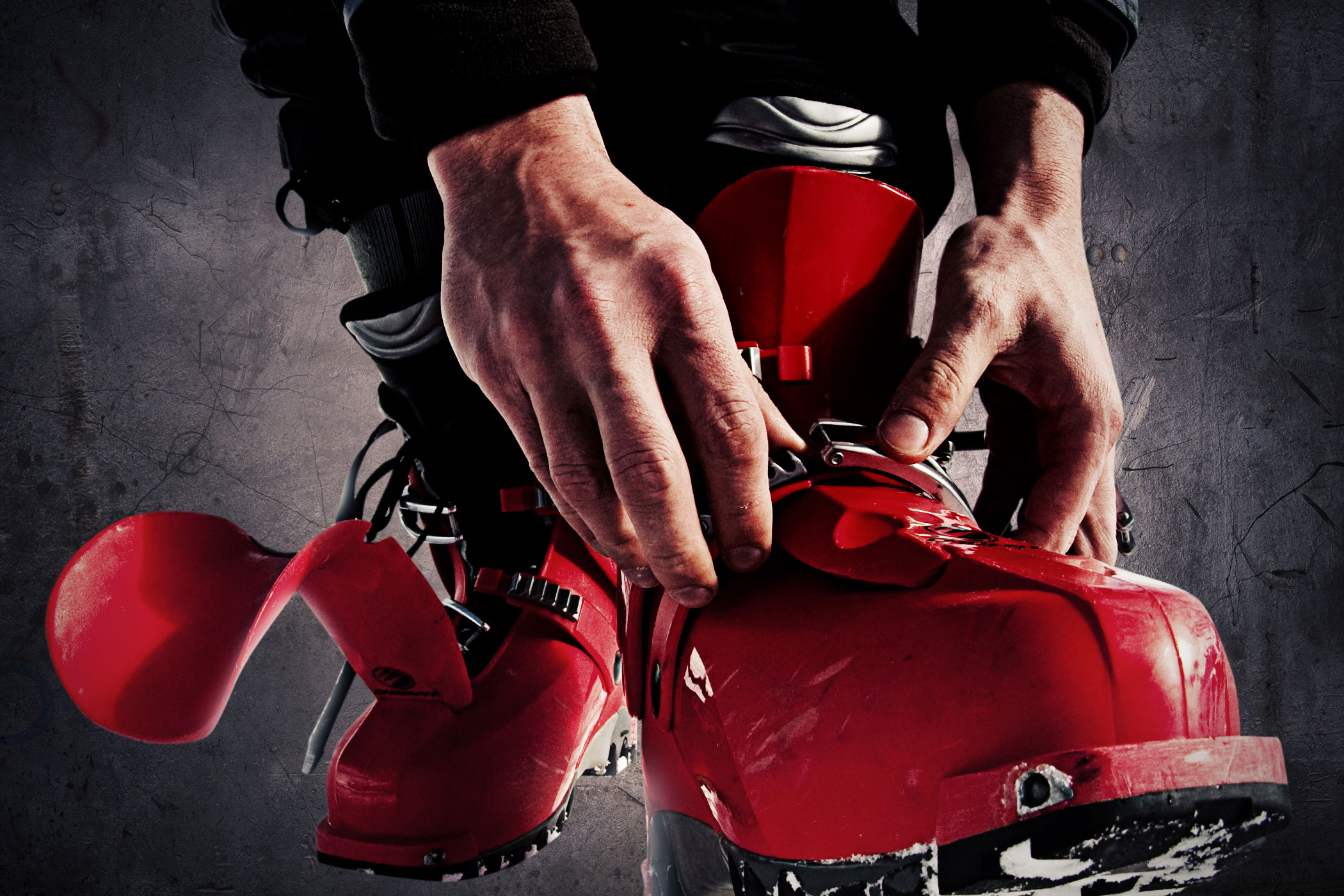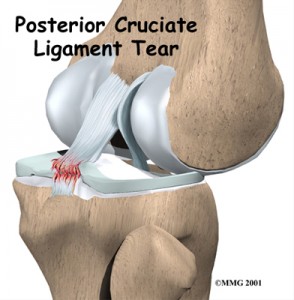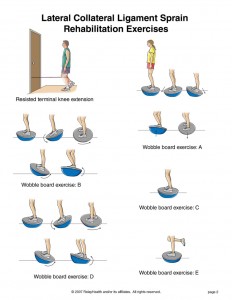There are no products for this injury yet.
Posterior cruciate ligament (PCL) is stronger than ACL, so the PCL injures are more rare. It prevents to move femur against tibia. To 60% of the PCL injures presents with LCL and popliteal ligaments damages. Patomechanism is based on front-to-back force, which goes to the tibia, what occurs during a fall onto a flex knee or knee hyperextension. The pain is usually the only one symptom, so PCL damage is often undiagnosed. The injury occurs in mostly contact sports (rugby, American football) and pivoting sports (basketball).
Exercises
– stand your two feet on the wobble board and keep balance or hold the chair if you need support
– now move forwards and backwards on the board 30 times for each direction
– then, rotate the wobble board (make clockwise and counterclockwise circles with your hips) 30 times for each direction
– now move from side to side 30 times for each side
– then stand straight on the board with two feet for 5 minutes
– try to bend one knee to stand only on injured leg for 5 minutes and return slowly
– do 2-5 sets a day
1) Quad sets:
– sit on the floor with straighten injured leg
– bend other leg
– press the back of the injured knee against the floor
– hold it for 15 seconds and rest it
– repeat exercise 10 times
2) Seated quad sets:
– sit on the chair with bended knees to 90 degrees
– tighten your thigh muscles for 20 seconds and rest it
– practice exercise 15 times
3) Resisted knee flexion:
– stand your face to the door
– tie a knot on the end of elastic tubing and put it around the ankle on your injured side
– tie a knot on the second end of the tubing and put it around the door
– extend your leg to the back keeping its straight and get back slowly
– practice exercise 15 times
4) Resisted hip abduction:
– stand your uninjured side to the door
– tie a knot on the end of elastic tubing and put it around the ankle on your injured side
– tie a knot on the second end of the tubing and put it around the door
– move your injured leg out to the side keeping its straight and return slowly
– practice exercise 15 times
5) Resisted knee extension:
– stand your back to the door
– tie a knot in one end of the tubing around the ankle of your injured leg
– tie a knot in other end of the tubing around the door
– extend your knee and return slowly
– repeat exercise 15 times
6) Resisted hip adduction:
– stand your injured side to the door
– tie a knot on the end of elastic tubing and put it around the ankle on your injured side
– tie a knot on the second end of the tubing and put it around the door
– move your injured leg away the door keeping its straight and return slowly
– practice exercise 15 times
7) Straight leg raise:
– lie on your back and support yourself on your forearms
– bend your injured leg in knee joint
– raise your shin to make the leg straighten
– hold it for 5 seconds and return slowly
– practice exercise 15 times
8) Wall squat with a ball:
– stand straight your back to the wall with the soft ball between the wall and the back
– slowly squat down to keep your thighs not parallel to the floor
– hold it for 10 seconds and return slowly
– practice exercise 10 times










